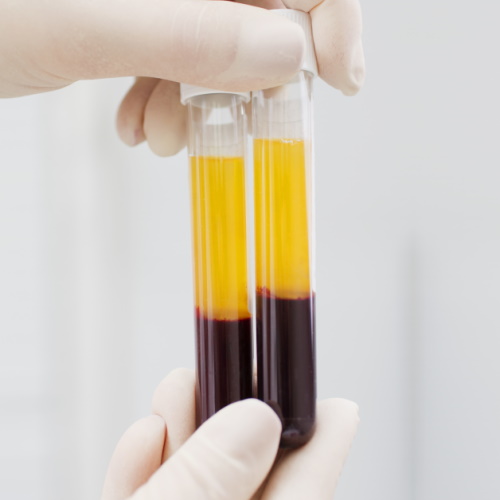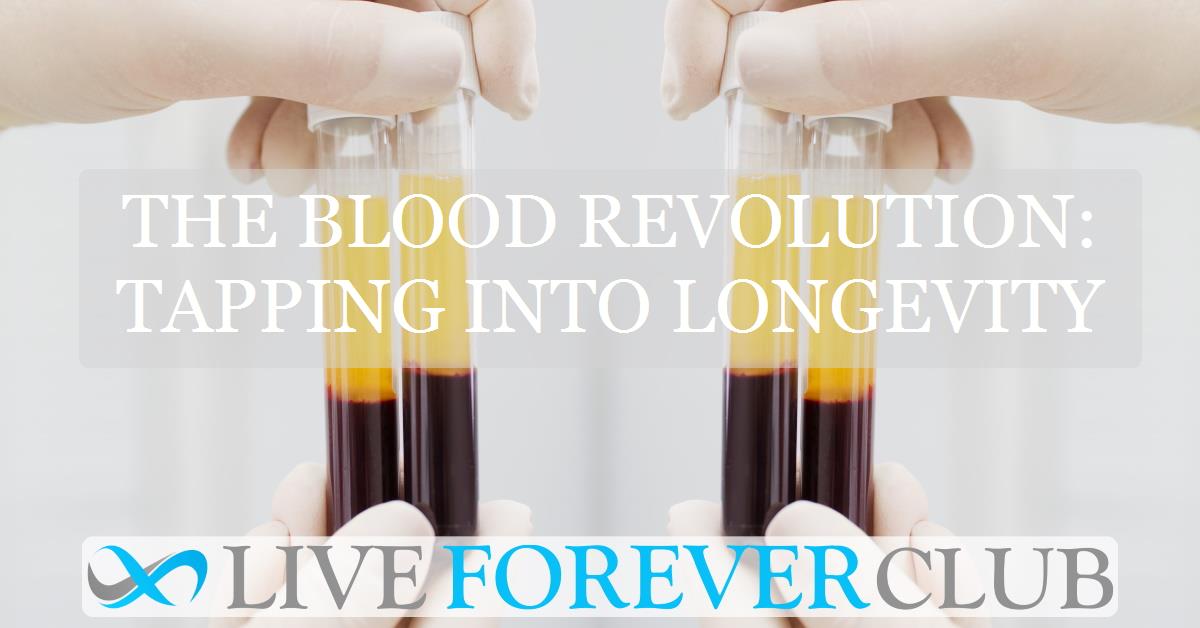Key points from article :
In recent years, therapeutic plasma exchange (TPE) has gained traction as a popular longevity treatment, touted for its potential to rejuvenate the body by removing aged plasma from the blood. Dr. Dobri Kiprov, a 75-year-old longevity specialist, credits TPE with his impressive physical fitness, claiming it allows him to maintain a high level of strength and vitality. The process involves drawing blood, separating the plasma, and reinfusing the remaining components mixed with saline and albumin back into the body. Kiprov believes this “cleaning” of the blood can help combat the ageing process, drawing analogies to keeping an aquarium clean to ensure the health of its fish.
Despite the hype surrounding TPE, experts like Irina Conboy, a bioengineering professor at UC Berkeley, urge caution. She warns against the off-label use of TPE in healthy individuals, noting that frequent treatments can lead to serious health risks, including kidney and liver damage. Conboy emphasizes that there is no evidence supporting the efficacy of TPE for rejuvenating younger, healthy people and highlights the dangers of using donor antibodies contained in the albumin solution. She advocates for a safer approach to longevity therapies, focusing on developing molecules that could provide anti-ageing benefits without the need for blood transfusions.
The growing interest in blood-based treatments for longevity is fuelled by significant investment from tech leaders and the allure of findings from past studies, such as the Stanford research on blood rejuvenation in mice. However, the lack of rigorous scientific validation for many of these practices raises concerns about their safety and efficacy. As research continues, Conboy and others in the field are exploring safer alternatives, aiming to redefine the future of longevity treatments while cautioning against the allure of quick fixes for ageing.







